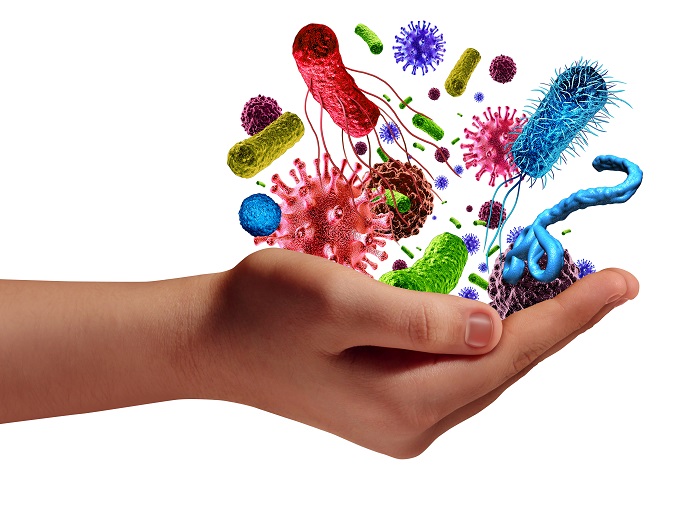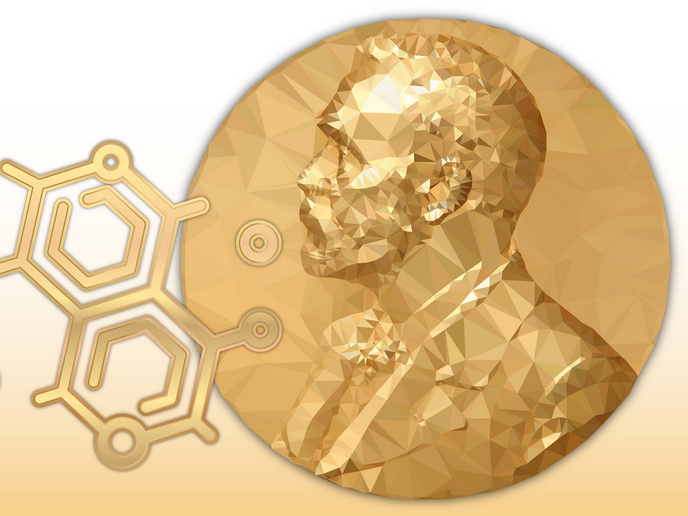Genes controlling mate choice
In sexually reproducing organisms, sexual display traits are features that have evolved to make an individual alluring to a member of the opposite sex. Since males and females of a species share many of the same genes, genetic conflict may arise when mate preferences differ on a shared trait. This conflict is resolved by sexual dimorphism, where sex-specific genetic variation allows each sex to separately evolve optimum physical characteristics for mate selection. There are constraints, however, on how far these traits can evolve without also affecting other traits that may be genetically linked. The EU-funded 'Adaptive evolution of mutual mate preferences in nature' (AEMMPN) project used the Drosophila fruit fly to study the genetic basis of mate preference. Drosophila individuals recognise and choose mates by detecting mating pheromones, and through other sexual displays such as a courtship dance and a wing song. AEMMPN analysed mating pheromones in 4 000 individuals to identify the distribution and frequency of genes responsible for male attractiveness, and hence mating success. After carrying out over 2 000 mating trials, researchers found that males and females do not respond to the same sexual cues. Male mate choice is therefore not correlated with female mate choice, suggesting that male and female preferences are genetically distinct traits that evolved separately. Since an individual's traits are determined by a combination of its environment and genes, AEMMPN also looked at the effect of diet on mate choice. Unlike the sexual display traits, genes underlying dietary preference were shared by both sexes and had a large influence on sex-specific fitness. A possible reason is that an optimal diet maximises the ability to reproduce, and therefore genes controlling dietary preference are passed on to offspring. These findings have broadened our understanding of how and why mate preferences differ at the genetic level. It will contribute to the work of many other evolutionary biologists, behaviourists and molecular ecologists.
Keywords
Mate choice, mate preference, sexual display traits, sexual dimorphism, adaptive evolution







